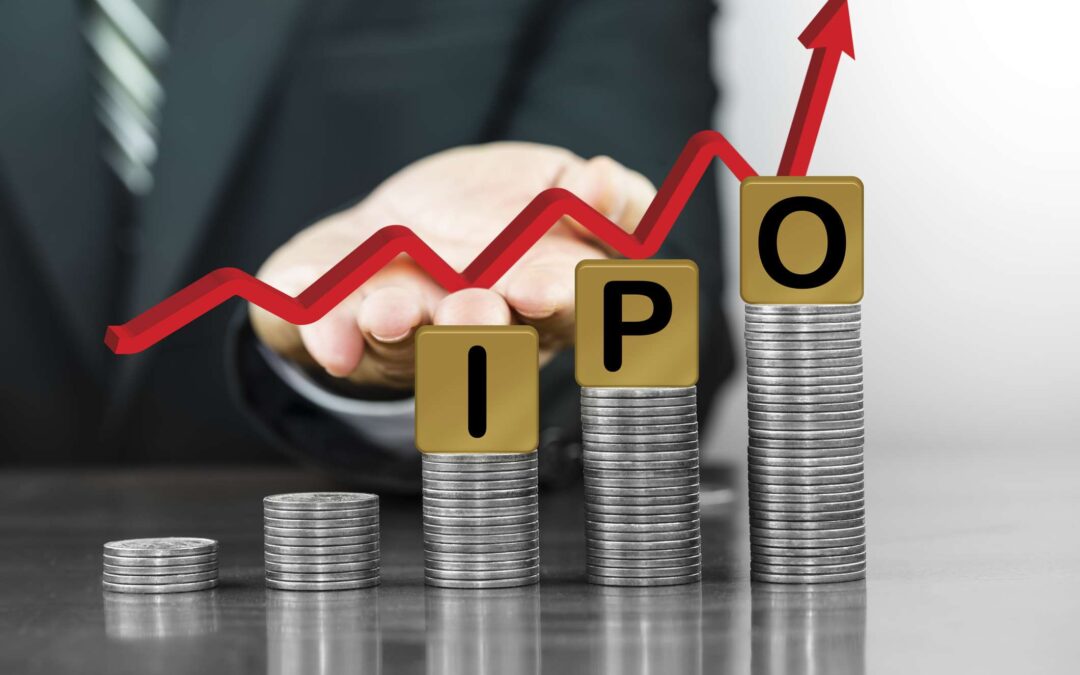An Initial Public Offering (IPO) marks a significant milestone for a company, where shares that were once privately held become available to the public for the first time. This process allows the company to raise equity capital from public investors, opening up new opportunities for growth and expansion.
What is an IPO?
An IPO, or initial public offering, is the process through which shares of a private corporation are offered to the public in a new stock issuance. It signifies the transition of a company from private ownership to public ownership, allowing it to tap into the broader market for investment capital.
Key Aspects of an IPO
- Regulatory Requirements: Companies must meet specific requirements set by exchanges and regulatory bodies like the Securities and Exchange Commission (SEC) to hold an IPO.
- Capital Acquisition: IPOs provide companies with a means to obtain capital by offering shares through the primary market, thereby enhancing their financial resources for expansion and development.
- Role of Investment Banks: Companies typically engage investment banks to facilitate the IPO process, including marketing, assessing demand, setting the IPO price and date, and more.
- Exit Strategy: For the company’s founders and early investors, an IPO represents an exit strategy, enabling them to realize profits from their private investments.
How Does an IPO Work?
Before going public, a company operates as a private entity with a limited number of shareholders, including founders, family, friends, and professional investors such as venture capitalists.
When a company decides to pursue an IPO, it signifies a stage of maturity where it is ready to comply with regulatory requirements and embrace the responsibilities of public ownership. This decision is often influenced by factors like the company’s valuation, growth trajectory, and market conditions.
The pricing of IPO shares involves thorough underwriting due diligence, ensuring a fair valuation for both existing private shareholders and new public investors.
Implications for Investors
For private investors, an IPO offers an opportunity to realize gains by converting their privately-held shares into publicly-traded ones. On the other hand, the public market provides a platform for a broader base of investors to participate and contribute capital to the company’s growth.
Historical Perspective
The concept of IPOs dates back centuries, with the Dutch East India Company conducting one of the earliest modern IPOs. Over the years, IPO trends have fluctuated, influenced by economic conditions, technological advancements, and market dynamics.
While IPO activity may experience fluctuations, the allure of going public remains strong, particularly among high-growth companies known as “unicorns.” These companies, often valued at over $1 billion, attract significant attention from investors and the media.
Demystifying the IPO Process: A Beginner’s Guide
Embarking on an Initial Public Offering (IPO) journey is like stepping into a new world for a company. Let’s break down the process into simple steps and understand its upsides and downsides.
Understanding the IPO Process
The IPO process has two main parts: pre-marketing and the IPO itself. During pre-marketing, companies talk to underwriters to see if there’s interest in their offering.
Steps to Going Public
- Getting Proposals: Underwriters make suggestions about what to do, like how many shares to offer and at what price.
- Choosing Underwriters: Companies pick the underwriters they want to work with and make it official with an agreement.
- Building a Team: A group of experts is gathered to help with legal stuff, accounting, and following the rules.
- Getting Documents Ready: Lots of information about the company is gathered for the IPO paperwork.
- Spreading the Word: Marketing materials are made to tell people about the new stock. Underwriters and company leaders talk to investors to see how much they might want to buy and what price they’d pay.
- Setting Up the Board: A group of directors is chosen to help with decisions, and systems are put in place to keep track of money and reports.
- Going Public: On the big day, the company sells its shares to the public. This brings in money that boosts the company’s value.
- After the IPO: There are rules about what happens next. Some people might get a chance to buy more shares, and others might have to wait a bit.
The Good and the Not-So-Good Stuff
Good Stuff:
- Getting Cash: IPOs let companies get money from lots of people, which can help them grow.
- Being Open: Sharing information regularly can make lenders more willing to help out.
Not-So-Good Stuff:
- Costs: IPOs can be pricey, and there are ongoing costs to stay in the public eye.
- Distractions: Paying too much attention to the stock market can take focus away from running the business. Plus, companies have to share lots of details, some of which might give rivals ideas.
IPO Alternatives: Exploring Direct Listings, Dutch Auctions, and More
Stepping away from the typical Initial Public Offering (IPO) path, companies have other ways to go public. Let’s explore these simpler options, like direct listings and Dutch auctions, to understand how they work.

Direct Listing: Skipping Underwriters
Direct listings are like taking a shortcut. Instead of going through underwriters, companies jump straight to going public. It’s riskier, but if things go well, they might get a better price for their shares. This usually works for companies that are already well-known and have a good business.
Dutch Auction: Letting Buyers Decide
In a Dutch auction, it’s like a big auction. Buyers bid on how much they want to pay for shares. The highest bidders get the shares. It’s a bit like letting buyers set the price.
Understanding IPO Investments
When companies decide to go public, they’ve thought long and hard about it. They want to make sure they get the most money for their business and make early investors happy. Investors are excited about IPOs because they can get in on the ground floor of a new opportunity.
What Affects IPO Success
After an IPO, there are a few things that can affect how well it does. Lock-up periods, waiting times, and flipping stocks can make prices go up and down quickly. Sometimes, when companies split off parts of their business, it creates new opportunities for investors.
Considering IPOs as Investments
Investing in IPOs can be exciting, but it’s important to be careful. Investors should look at all the information about the company before deciding. It’s also a good idea to think about managed funds that focus on IPOs for a safer investment.
Making Sense of IPO Pricing
Deciding how much a company’s shares are worth in an IPO is tricky. It’s a mix of looking at how well the company is doing and what people are willing to pay. Investors should keep an eye on the prices leading up to the IPO to see if it’s a good deal.
In short, there are different ways for companies to go public, and each has its pros and cons. By understanding these options and doing some research, companies and investors can make smart decisions about going public and investing in IPOs.

